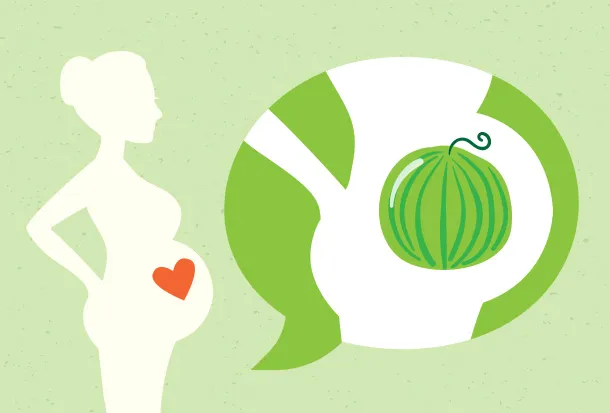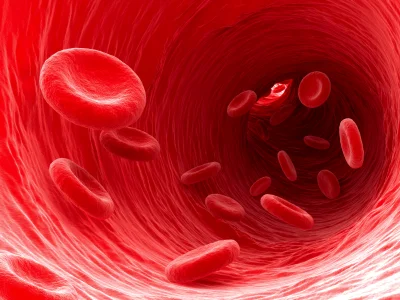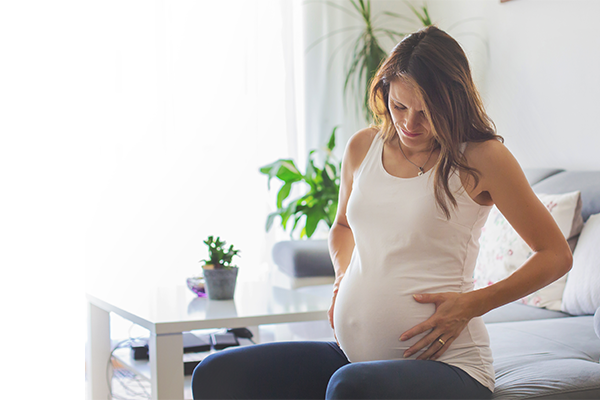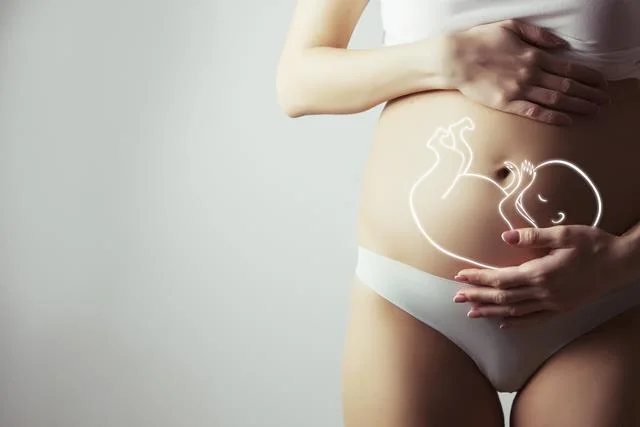The 40th week of pregnancy is the home stretch in a woman's long, 9-month journey of expecting a baby. In the last weeks of pregnancy, the woman's belly becomes firm until the first preterm contractions occur.
The 40th week of pregnancy requires special vigilance from a woman. The body is preparing for the birth. The typical symptoms at the beginning of the 40th week of pregnancy are a reduction in the baby’s movements or their almost complete disappearance. This is due to the small space in the mother’s abdomen. From time to time, however, the baby should make itself felt with a strong kick.
40 weeks pregnant – spotting and mucus
In the 40th week of pregnancy, mucus and spotting are a result of the remodelling of the cervix, or more precisely its contractions. In addition to spotting, a small amount of blood may also occur. However, if a woman observes an increased amount of blood instead of these symptoms, she should see a specialist as soon as possible (to perform an ECG and to assess the degree of uterine dilation).
40 weeks pregnant – hard belly
When a pregnant woman enters the 40th week of pregnancy, a hard belly means that birth is really very close. The skin tightens and the belly itself lowers slightly. This has to do with positioning the baby for birth – hence the common complaints from pregnant women in their 9th month of pregnancy about a “duck walk”. In the 40th week of pregnancy, there is a hardening of the abdomen, associated with mild abdominal pain and tension, similar to that experienced before the period. In addition, the shape of the abdomen becomes pointed or runs out to the sides. It all depends on the mother’s physique and the position of the baby. After the 40th week of pregnancy, the baby weighs an average of 3.5 kilograms and is about 50 centimetres long. Of course, this is not a rule. Everything also depends on the sex of the baby and the size of both parents.
Symptoms of childbirth
It is important to know that not all women experience the same precursors to their labour. However, the vast majority of them experience severe pain and pre-labour contractions. By the beginning of the 40th week of pregnancy, the signs of labour are already present. However, if a woman does not experience any symptoms, she should not panic. Many babies are born after the due date. A woman can feel the first signs that the due date is approaching a few weeks before. The symptoms are usually triggered by the baby’s head pressing against the cervix. This structure begins to open up so that the baby can push through it unhindered. The contractions become stronger and much more frequent. It turns out that some pregnant women feel a surge of energy just before the birth – they start cleaning, vacuuming or cooking. This is the so-called nest syndrome, which is not unique to humans.
In the 40th week of pregnancy, pain in the lower abdomen announces the Braxton-Hicks contractions that prepare the uterus for heavy work. Keep a record of how long they last and how long the contractions last in succession. If they do not change in intensity or stop, it is a sign that it is not yet time to give birth. If the contractions become more intense and you feel pain in your back, this can be a sign that the baby wants to come out as soon as possible. If this is the case, you should go to hospital. A harbinger that you should not miss is the rupture of the waters, which usually happens when the woman lies down. Sometimes the waters do not break until the birth is well advanced. In some cases, diarrhoea or a strong feeling of hunger are symptoms of preterm labour.










